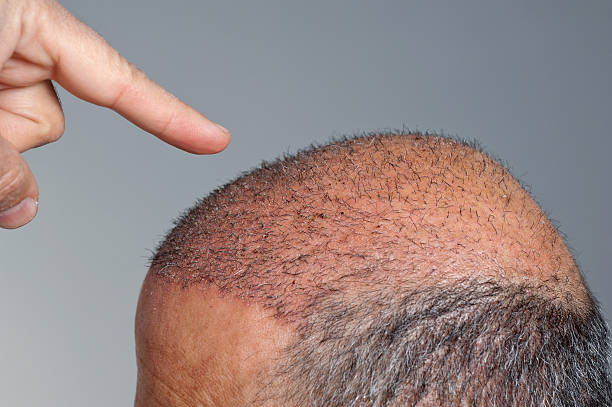Uncovering the Wellness Potential of Biohacking: An Evidence-Based Approach
Have you ever wished you could optimize your body like a finely tuned machine? Welcome to the fascinating world of biohacking, a burgeoning wellness trend that merges technology, biology, and the desire for self-improvement. Let's delve into this captivating universe and discover what science has to say about it.

Biohacking: A Historical Overview
Biohacking, in its most basic form, is a DIY approach to enhancing human performance. It’s not a recent phenomenon; humans have been experimenting with body modifications for centuries. From the ancient Greek athletes who used specific diets to enhance performance, to the modern transhumanists seeking to merge man with machine, biohacking has always been with us. However, it’s only in the past couple of decades that it has emerged as a distinct movement, with the term ‘biohacking’ coined in the late 2000s.
Current Trends in Biohacking
Today’s biohacking trends span a broad spectrum, from benign lifestyle modifications to high-risk experimental procedures. On one end, there are ‘nature hackers’ who focus on dietary changes, sleep optimization, and mindfulness practices. On the other end, there are ‘grinders,’ individuals who implant devices into their bodies in a bid to enhance their capabilities.
The Science of Biohacking
Several biohacking practices have a solid scientific basis. For example, sleep optimization aligns with a vast body of research highlighting the importance of quality sleep for overall health. Similarly, nutrition-focused biohacking aligns with the well-established field of nutritional science.
However, some practices, particularly within the grinder community, lack rigorous scientific support and pose significant risks. For instance, implanting devices into the body without proper medical oversight can lead to serious complications, including infection and injury. Therefore, it’s crucial to approach biohacking with a healthy dose of skepticism and prioritize safety above all else.
Digging Deeper: Biohacking Insights
-
Biohacking can involve:
-
Lifestyle modifications, such as optimizing diet and sleep
-
Mindfulness practices, such as meditation
-
Use of wearable technology to track health metrics
-
High-risk practices, such as implanting devices
-
-
Biohacking has historical roots, but has only recently emerged as a distinct movement
-
The scientific validity of biohacking practices varies widely
Navigating the Biohacking Landscape
Biohacking holds immense potential for wellness enhancement, but it’s essential to tread carefully. Always prioritize safety and make evidence-based decisions. It’s also vital to remember that biohacking, like any health strategy, is not a one-size-fits-all solution. What works for one person may not work for another.
In conclusion, biohacking offers exciting possibilities for those seeking to optimize their health. However, it’s a diverse and complex field that requires careful navigation. As with any wellness strategy, it’s essential to approach biohacking with a critical eye and prioritize practices that are scientifically backed, safe, and suitable for your individual needs.




